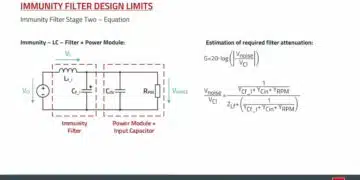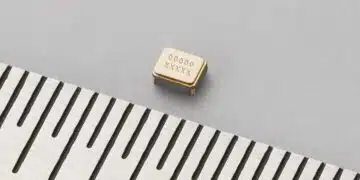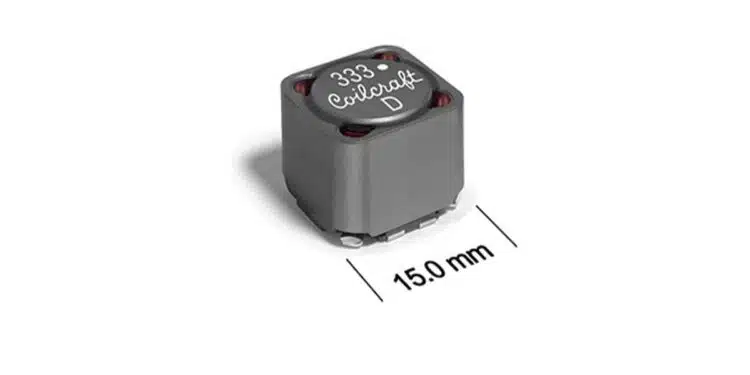Coilcraft unveils MSD1514T series of 165C high-temperature coupled power inductors for advanced circuit applications.
Coilcraft, a global leader in magnetic components, proudly announces the release of its latest innovation, the MSD1514T Series of 1:1 high-temperature coupled power inductors.
Engineered for peak performance and versatility, these inductors are designed to excel in a variety of demanding applications, including Flyback converters, SEPIC converters, Ćuk, and Zeta circuits.
The MSD1514T Series is part of Coilcraft’s esteemed MSD_T family, renowned for its advanced magnetic shielding and compact packaging.
This family of inductors ensures tight winding-to-winding coupling, optimizing efficiency and performance in compact circuit designs. The series boasts an outstanding coupling coefficient (k ≥ 0.97), making it an ideal choice for applications that require precise energy transfer and minimal losses.
Key Features and Benefits:
- Exceptional Coupling Efficiency: With a coupling coefficient of k ≥ 0.97, the MSD1514T Series ensures superior energy transfer, reducing power losses across various topologies, including flyback, multi-output buck, SEPIC, Zeta, and Ćuk circuits.
- Maximum part temperature +165°C (ambient + temp rise).
- Storage temperature Component: –40°C to +165°C.
- High Inductance and Efficiency: Designed to deliver high inductance values, these inductors support efficient energy storage and transfer, critical for maintaining performance in power-sensitive applications.
- Robust Current Handling: The series offers excellent current handling capabilities, making it suitable for high-current applications without compromising reliability.
- Optimized for SEPIC Topologies: In SEPIC configurations, the required inductance per winding is halved compared to traditional dual-inductor setups. This allows for the selection of components with lower direct current resistance (DCR), enhancing current handling and reducing thermal stress.
- AEC-Q200 Qualification: The MSD1514T Series meets AEC-Q200 standards, assuring reliability and enduring performance in automotive and other rigorous environments.





























